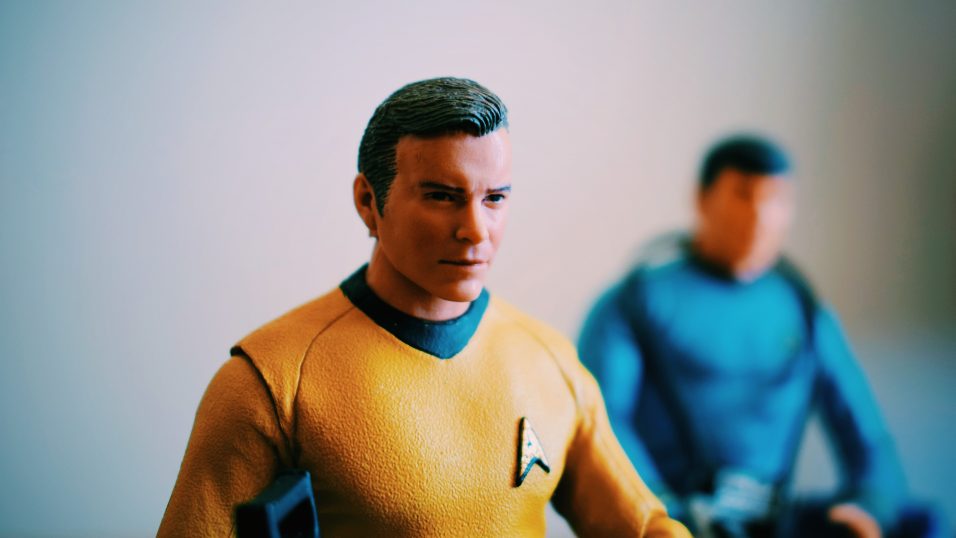For writers, making up stories is the fun part — but there’s a lot of daylight between the fun, free-association process of being inspired with an idea for a story and then actually writing that story. There’s a lot of work involved in plotting it out, making sure the logic works, building a universe for it all to happen in — and crafting characters to populate that universe and perform the actions that move the plot along.
For some, characters are the hardest part, because people are unpredictable chaos machines. You can imagine a building, or a magic system, and they will follow some basic rules you can rely on. People don’t so that, and if you create characters that follow a blueprint they won’t feel particularly real; part of what makes people people is their inherent randomness, the way they do things that surprise and frustrate and amaze you. Capturing that vibe on the page is hard work.
But it can be easier than you think. Just try modeling.
Dammit, Jim
I spoke at a college writing class a few months ago, and one of the students asked me about figuring out their characters’ voice. I suggested they try this one weird trick:
- Think of a celebrity with a distinctive communication style. William Shatner as Captain Kirk, or Jay-Z with that weirdly compelling coughing noise he uses to punctuate his lyrics.
- Imagine your character is speaking in the same way as you write their dialogue.
To be clear, do not try to convey Captain Kirk’s oddball rhythms. This is something you do in your head, while you’re writing. What happens, though, is that your character’s lines subtly take on those rhythms. You shape the phrases to them. It all comes alive, and if you resist the urge to make it too explicit your dialogue will have a bit of dance to it that isn’t obvious.
If you match the voice you’re using as a model to the character as closely as possible, this will also help you ensure that your characters don’t all talk with the same rhythm and phrasing, which is one of those subtle problems that are easy to overlook right up until someone points it out to you.
Of course, you have to be careful not to slip over into parody — and you don’t have to use celebrities. Have a friend or family member with a distinctive speaking cadence? A character in the neighborhood with a recognizable style? That’ll work just as well — perhaps better, since there will be no chance of your model’s subject being recognized.
Me, I just model every character on myself, since I have a such a beautiful speaking voice. Which I know because of all the hours I’ve spent talking to myself.

